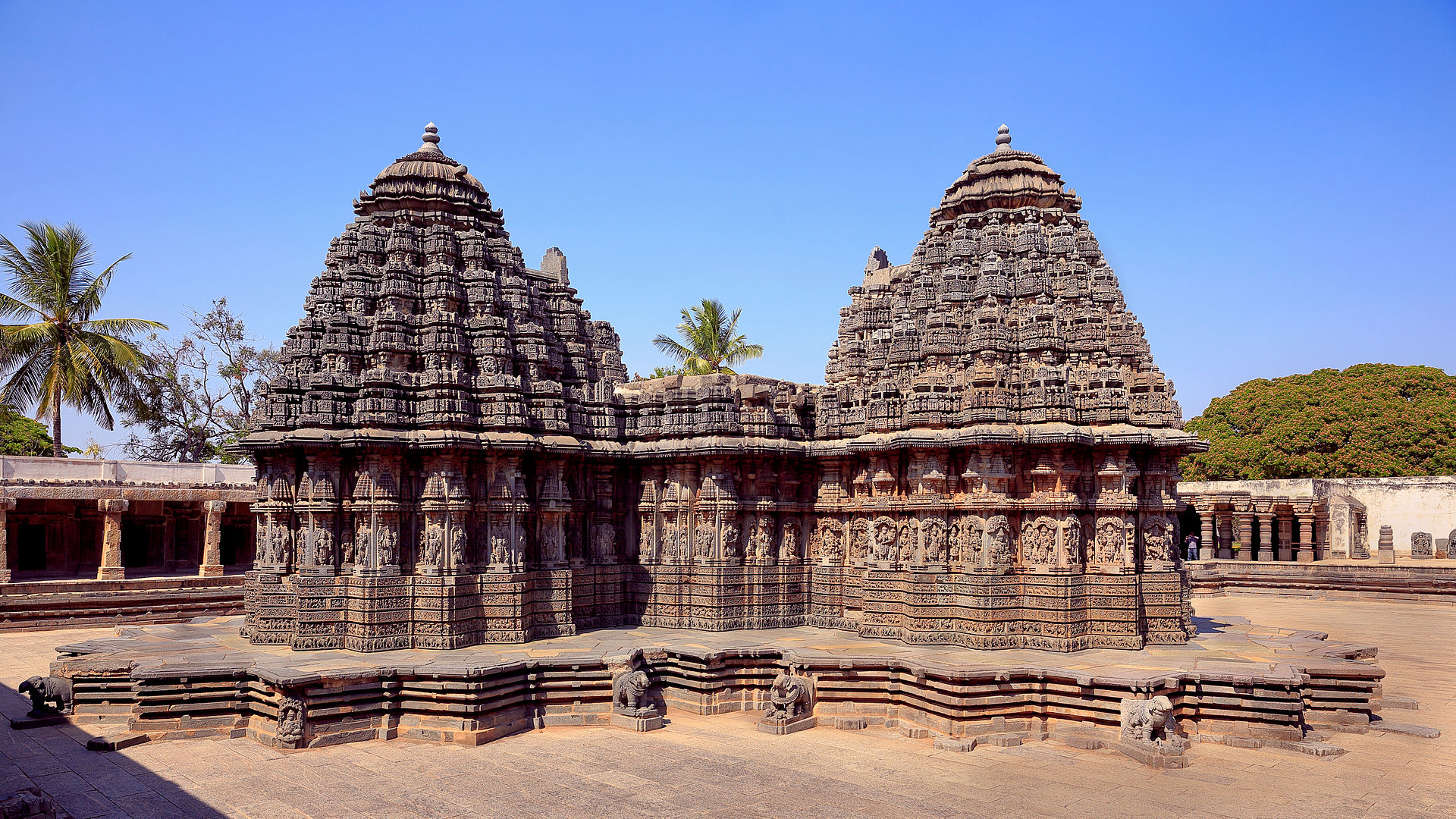Maeve was drunk all the time.
Tonight, was not an exception.
She drove trucks for a living. Her father and mother were kind enough to give birth to her, not realizing that they had to take care of her until she was eighteen. Long story short, they took the easy way out.
Just a half-hour drive from the city of Mysore, you'll find yourself stepping into a lesser-known but fascinating piece of Indian history nestled in Karnataka - the Somnathapura Temple.
This 13th-century marvel, a cousin to the famous Belur and Halebidu, showcases the stunning skill and creativity of our ancestors. Built in the 13th Century on the banks of the River Kaveri, this temple is not just a structure; it's a story carved in stone.
Commissioned by King Narasimha III from the Hoysala Dynasty, it was one of General Somanatha's brilliant projects. He established an Agrahaara, a dedicated land for Brahmins and priests to uphold the temple's traditions and to take care of it, and it came to be known as Somanathapura.
In the middle of this settlement, Somantha built and consecrated the temple in 1258 CE, following the Vaishnava traditions. The temple was constructed by the standards of Hoysala architecture, derived from Aryan and Dravidian styles of construction.
In addition to this temple, Somanatha consecrated a Shaivism tradition-related Panchalinga temple (Temple of five Lingas) in the east-northeast corner of the land grant. He also built a fort wall around the land, but these are now in ruins.
Architecture:
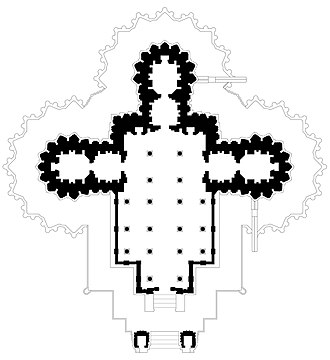
The temple itself is a thing of beauty. Dedicated to the three deities Keshava, Janardhana, and Venugopala, the main sanctum, or Garbha Gruha, sits on a uniquely star-shaped platform, breaking away from the usual square or circular bases. The Garuda Stambha outside, a tall pillar, used to be a signal for gatherings, lighting up to call people to prayer. Inside, you're greeted with an array of shrines and carvings that are just mind-blowing.
The intricate stone carvings on the gopurams depict the clear contrast between Aryan and Dravidian styles, with both these styles carved on the walls. There are various sections of carvings dedicated to many different stories from history.
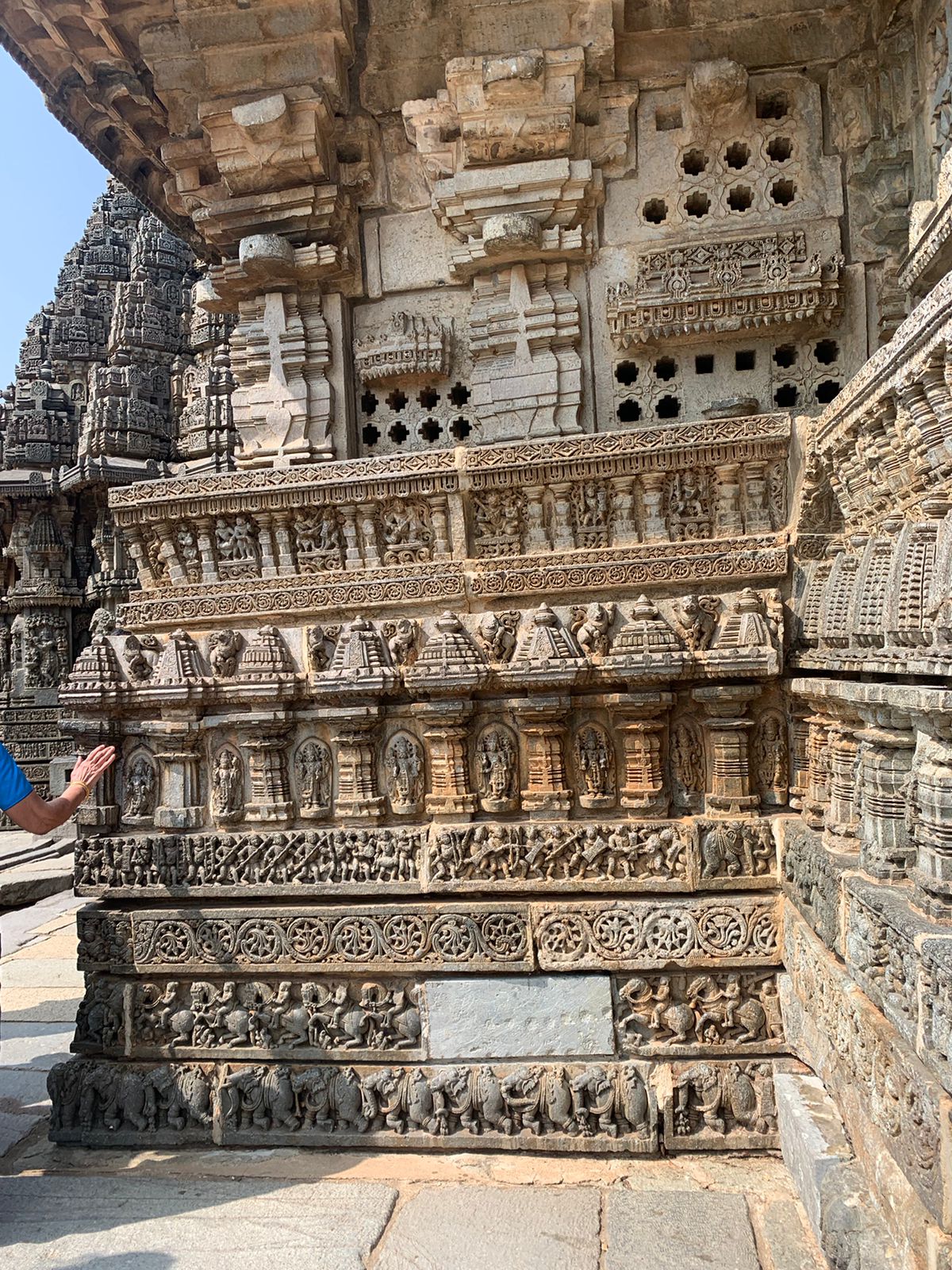
One section depicts the 10 avatars of Vishnu carved onto the walls. Another section tells the story of Pandavas And Kauravas marching to war with their elephants and chariots. The carving was a part of the Trimurthis- Bramha Vishnu and Shiva - The Creator, protector and destroyer gods.
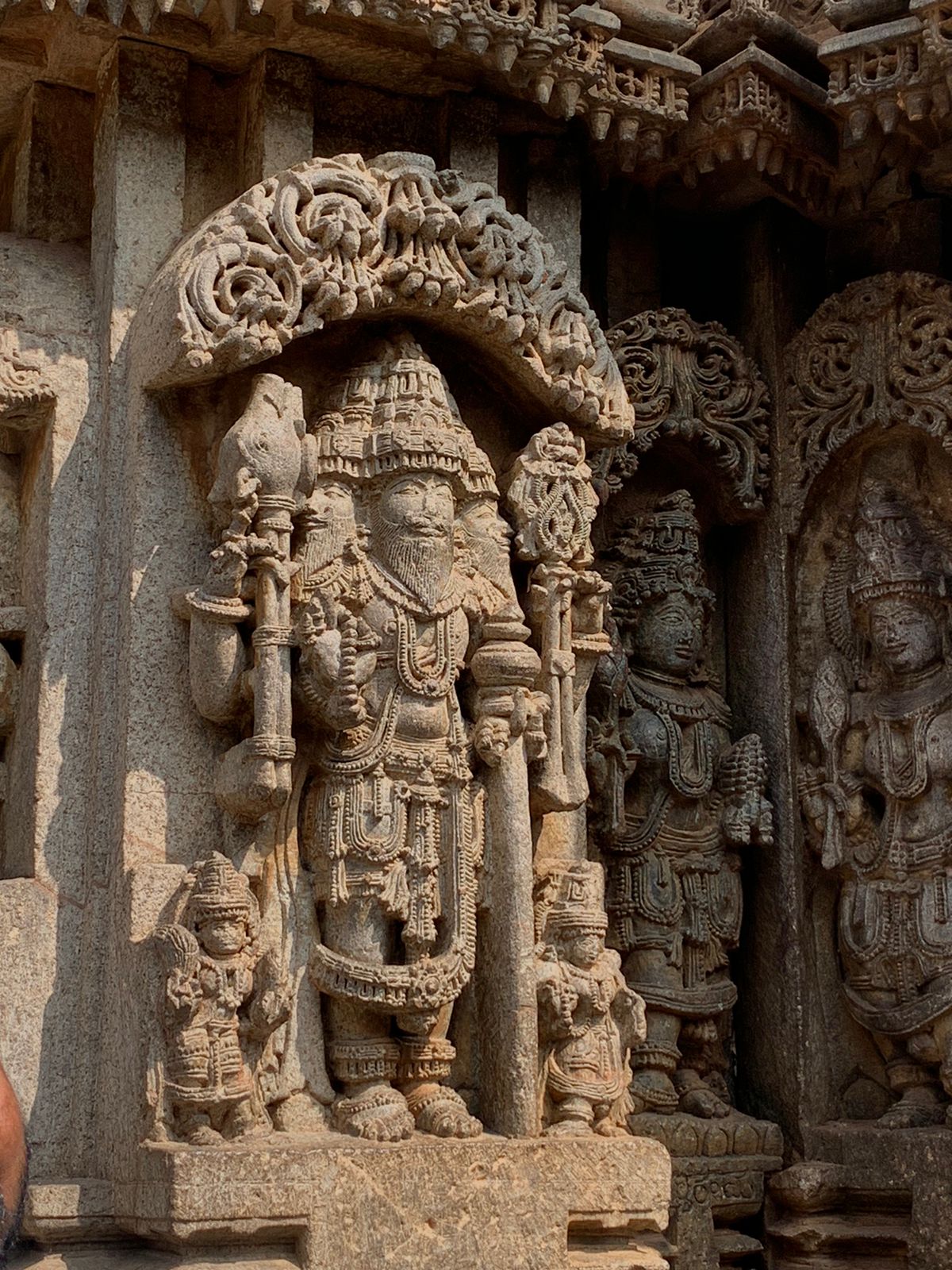
In the case of the three towers, above the band of carvings is a row of larger-sized deity reliefs that wrap around the temple. About 90 reliefs are shown mostly of Vishnu with Lakshmi, Shakti, Shiva, Brahma, Saraswati, Indra, Indrani, Kama, Rati, and others. Most of these are also partially defaced such as broken noses, chopped limbs, chopped-out stone jewellery and other forms of damage.
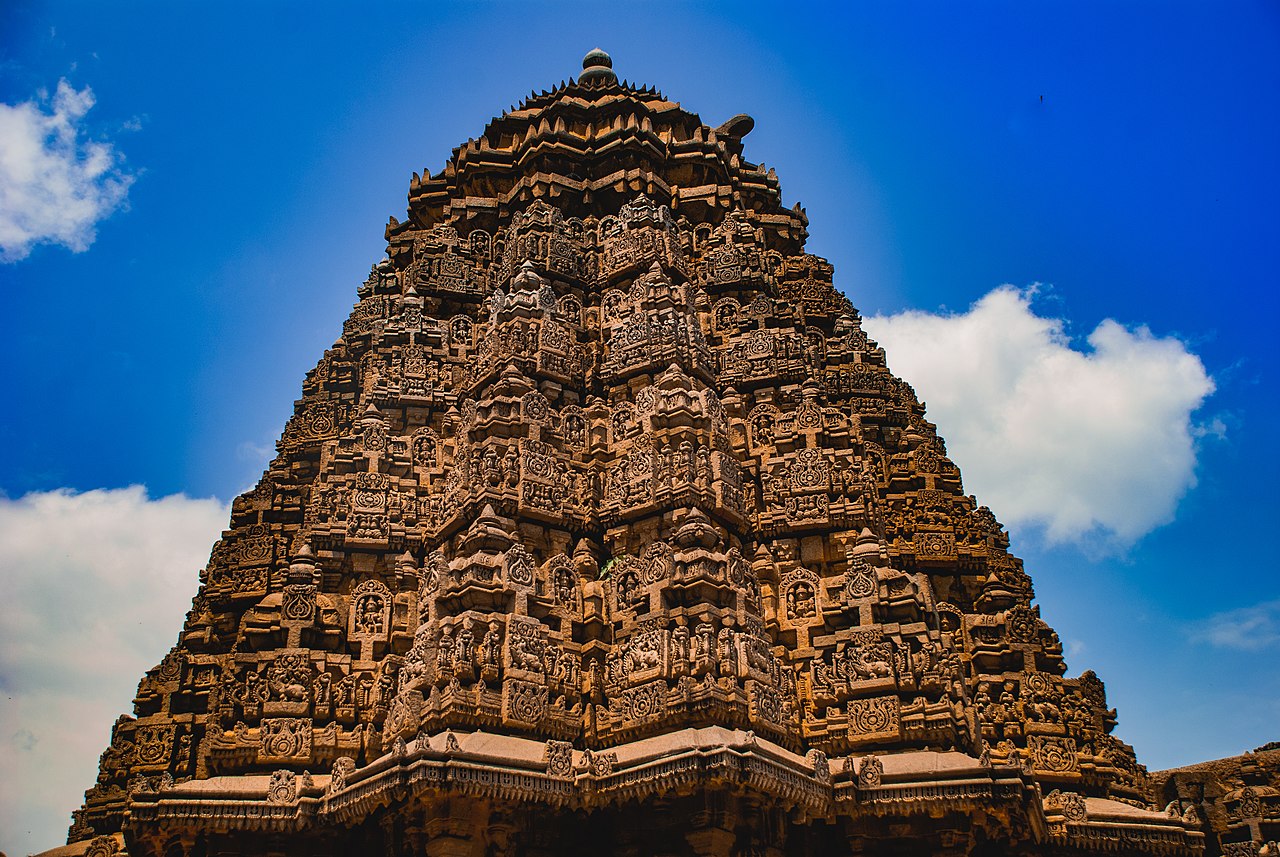
Another section depicts mythical creatures of lore, the erotic gods and scenes from the Kama Sutra. All of them culminate to summarize all the important scriptures, epics and stories of Sanatana Dharma, which lead to the entrance of the temple, guarded by statues of two Dwarapalakas, Jaya and Vijaya.
The main temple ceilings are the masterpieces in this temple. Intricate designs and carvings that resemble flowers, knots, cow hooves and many more. The amount of skill and dedication cannot be mirrored again.
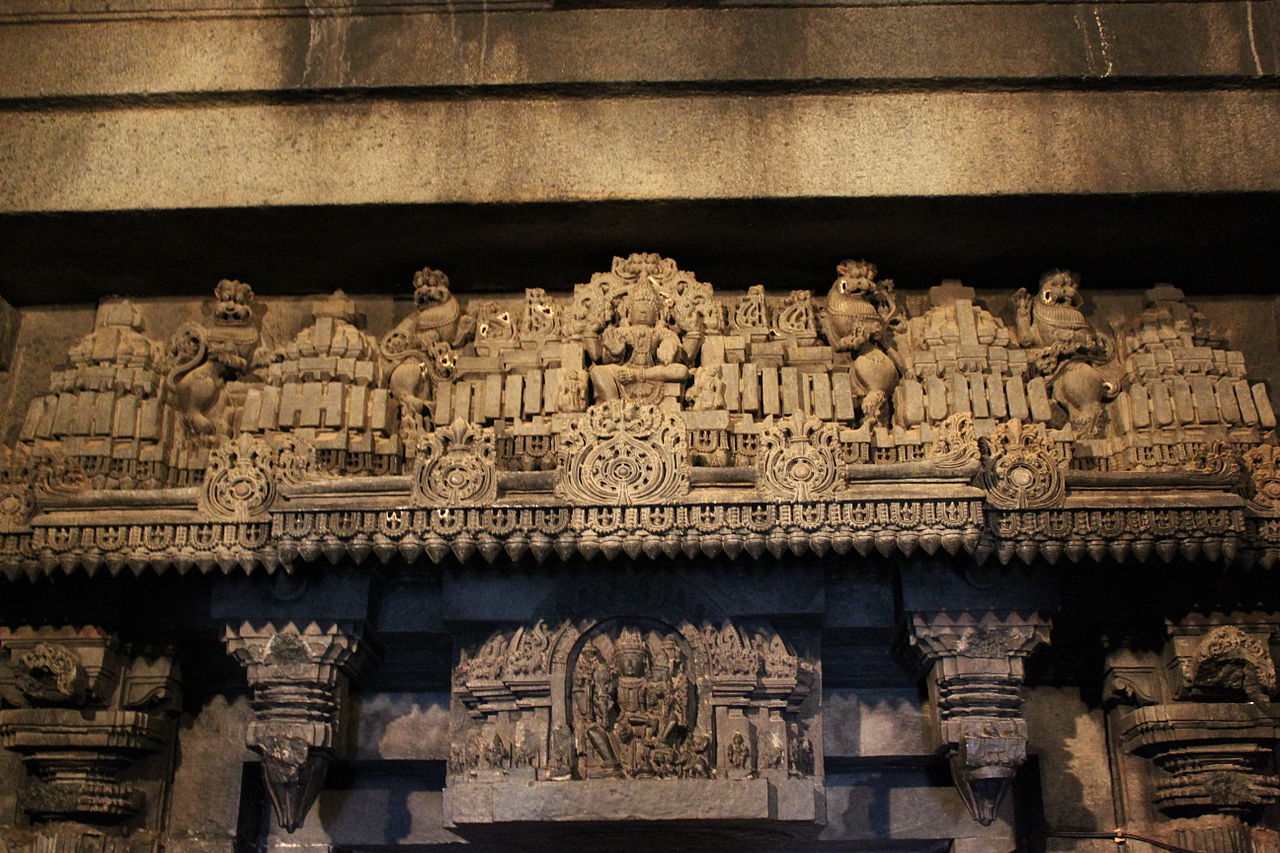
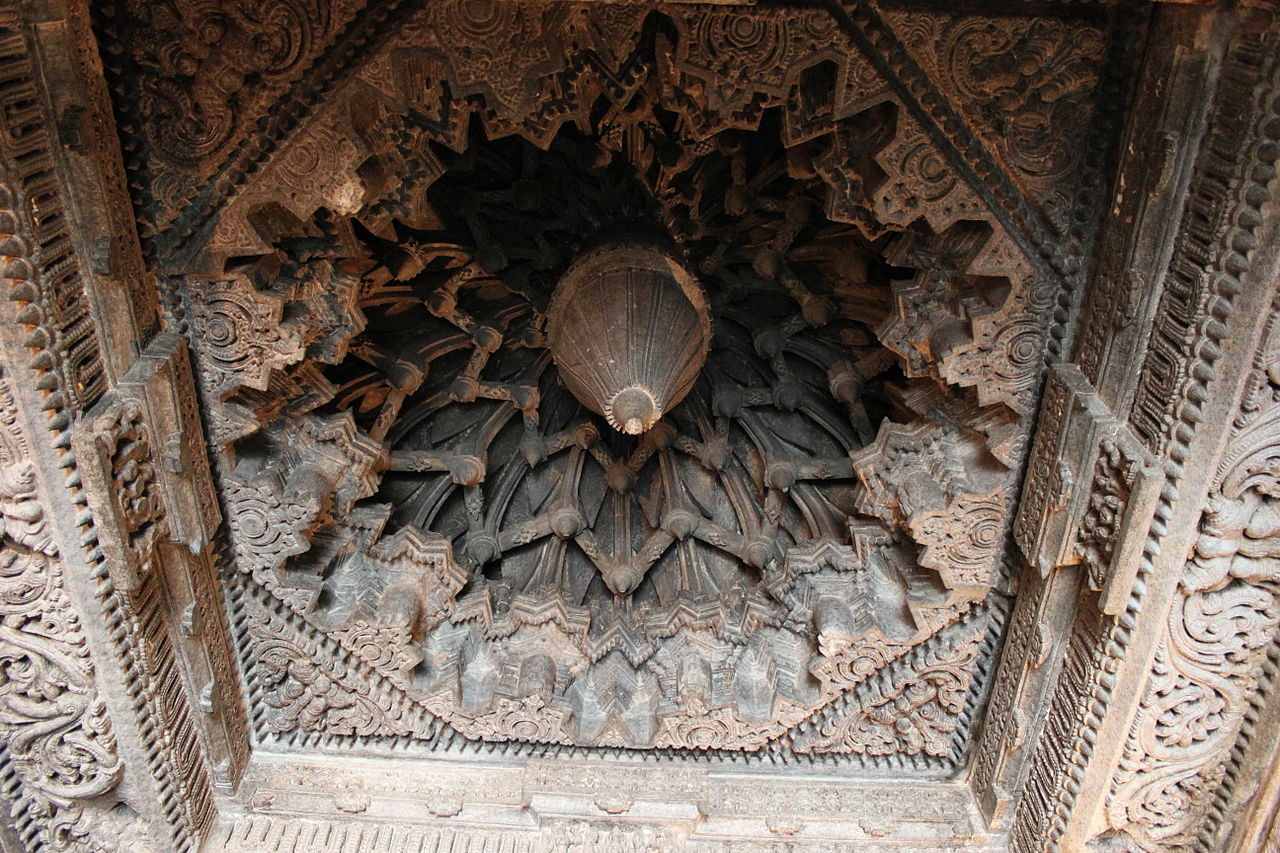
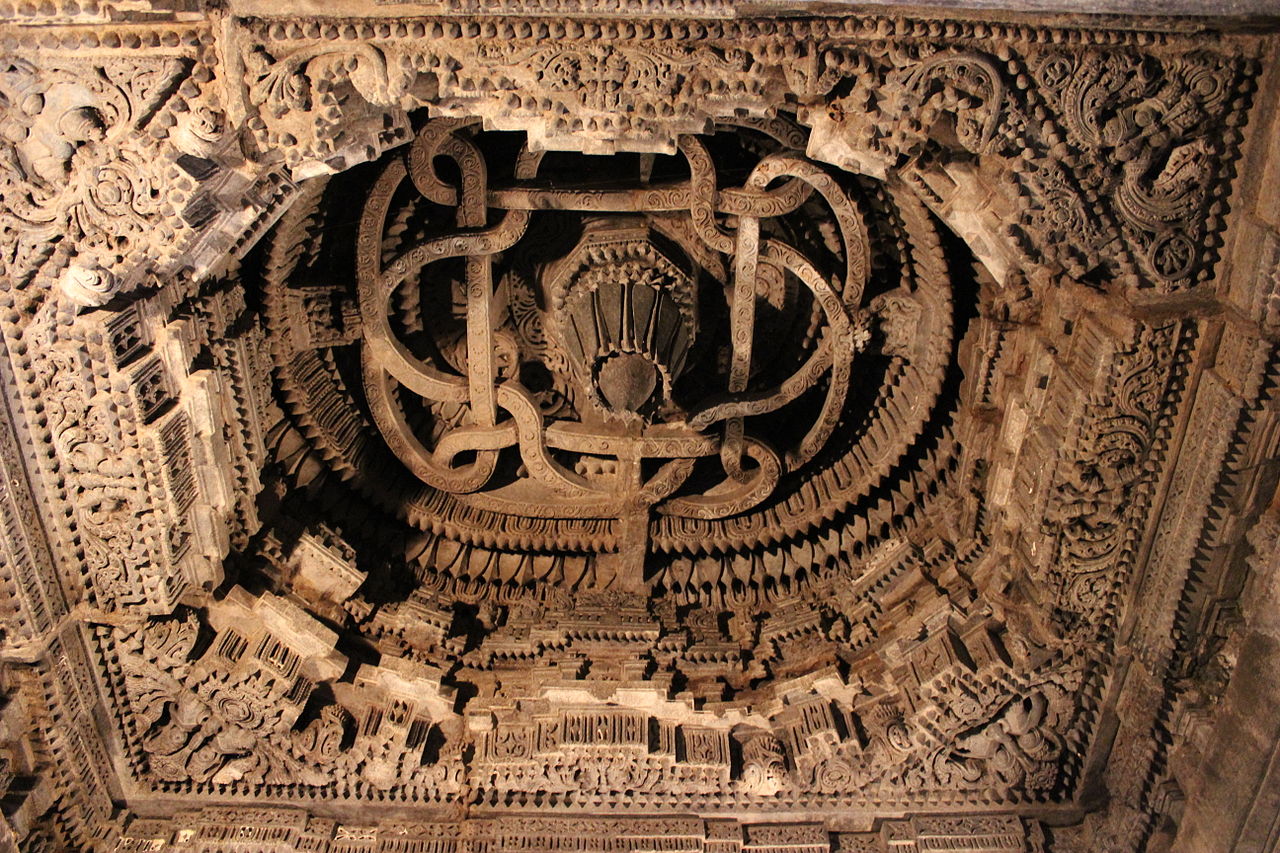
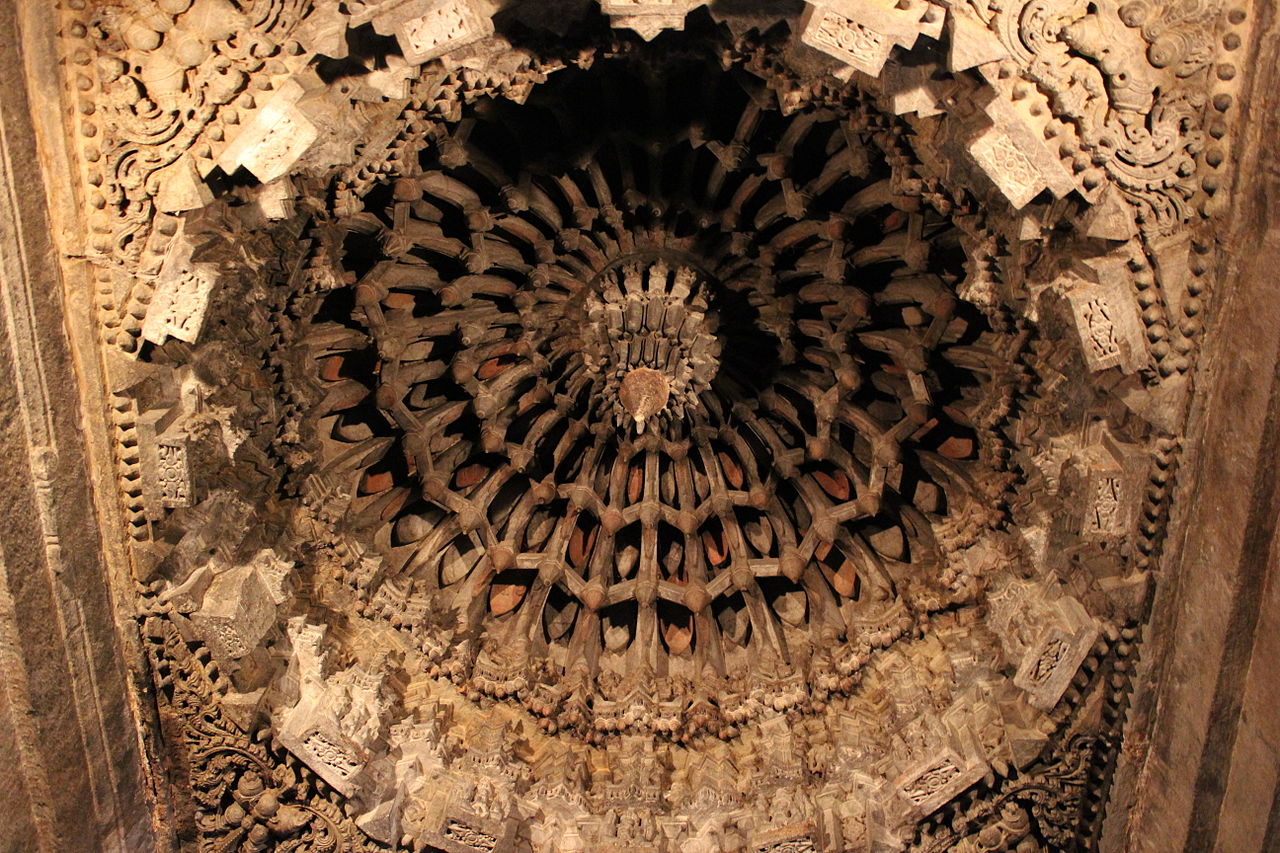
Desecration:
But, like many ancient treasures, this temple has seen its share of tough times. It was desecrated during invasions by Alauddin Khalji and Malik Kafur, and later by Mohammed Bin Tughlaq. These attacks left behind haunting marks - statues with missing pieces, defaced idols, and damaged pillars.In the heart of the Garbha Gruha, there are three main idols, each with its own unique story. Right at the entrance of their sanctums, you can see a smaller sculpture that represents the larger idol inside. The most heartbreaking story is about the main idol of Lord Keshava. It was stolen and carried away by the invaders long ago. To keep the tradition alive, the temple authorities had to choose a new idol from one of the 58 rooms within the temple to replace the original Keshava. This new idol is a bit different from the miniature at the entrance, and even that was badly damaged, but it was repaired and added there to preserve the shrine.
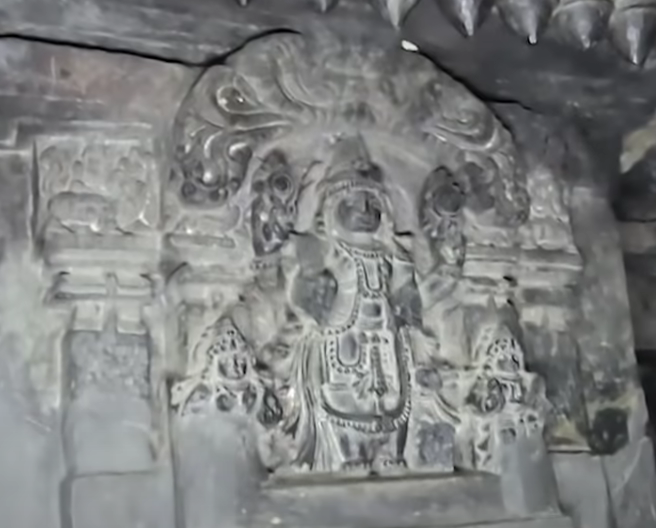
IMG: Miniature of original Idol
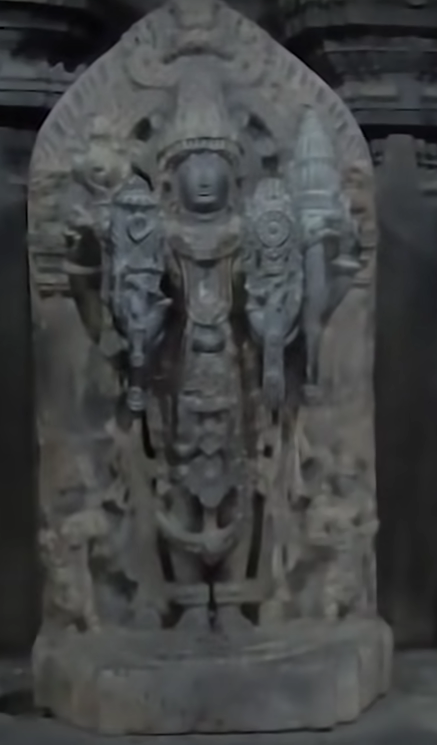
IMG: Image of the Idol in place of original.
Despite all this, the Somnathapura Temple remains a symbol of resilience and beauty. It's more than just a historical site; it's a place where you can feel the past come alive around you. Though it's no longer a site of active worship, it stands proud, preserving the stories and cultural brilliance of Sanatana Dharma. Visiting this temple is like walking through a living history book. It connects you to the grandeur and remnants of the past.
For anyone who loves history or wants to experience a part of India's rich cultural heritage, Somnathapura is not just a great spot to visit; it's a journey into the heart of India's incredible history.
